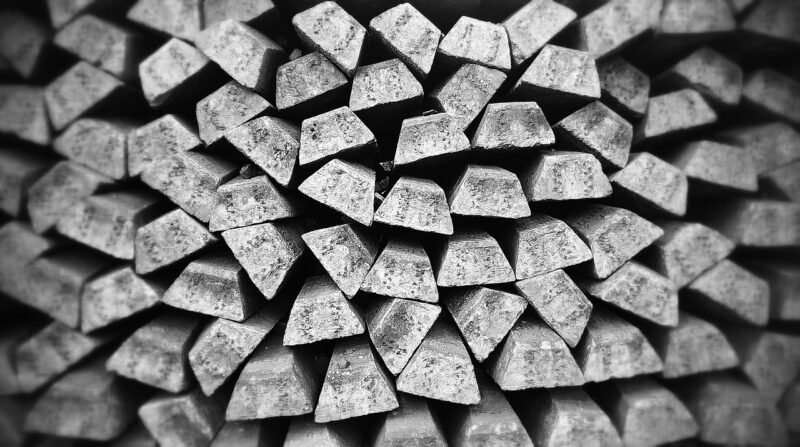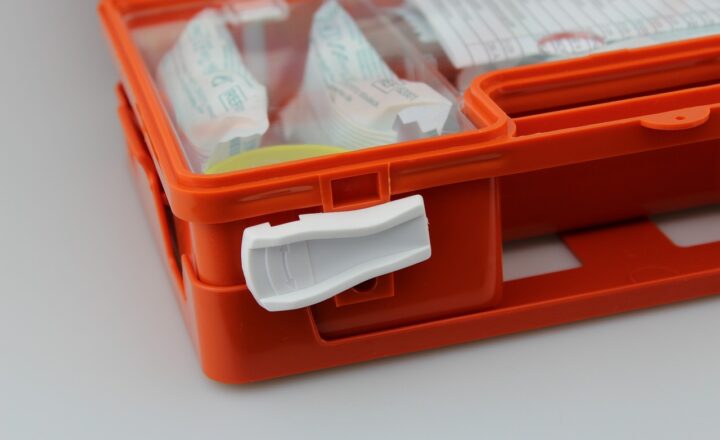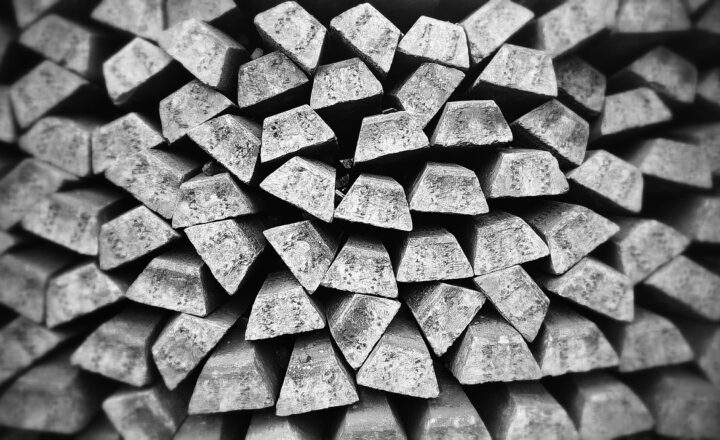The Healing Powers of Silver: How This Metal Is Used in Medicine and Health Products
November 14, 2024

Silver has long been revered for its unique properties and healing powers. From ancient civilizations to modern scientific research, this precious metal has held a significant place in medicine and health products. In this article, we will explore how silver is used in various medical applications, its benefits, and the science behind its healing properties.
1. The Historical Significance of Silver in Medicine
Silver’s medicinal use dates back thousands of years. Ancient Egyptians used silver for its anti-bacterial properties, and the Greeks and Romans recognized its benefits for healing wounds. In the Middle Ages, silver was commonly used in drinking vessels and medical utensils to help prevent infections. By harnessing the natural antimicrobial properties of silver, cultures across the globe displayed a remarkable understanding of its healing capabilities long before modern science validated these claims.
2. The Science Behind Silver’s Healing Properties
But what exactly makes silver so special? The healing properties of silver stem from its ability to kill bacteria, viruses, and fungi. Silver ions disrupt microbial cell membranes, interfere with their DNA, and inhibit their metabolic processes. This makes silver an effective agent in preventing infections and promoting healing.
Research indicates that silver can help reduce inflammation and possibly enhance wound healing. With advancements in nanotechnology, silver is being utilized in various forms, including nanoparticles, colloidal solutions, and silver-infused products.
3. Applications of Silver in Modern Medicine
There are numerous applications for silver in modern medicine. Here’s a look at some of the most prevalent uses:
- Wound Care Products: Silver sulfadiazine, a topical treatment often used on burns, has shown effective results in preventing infections. Silver dressings are also employed to treat surgical wounds, burns, and chronic ulcers, promoting faster healing and minimizing infection risks.
- Medical Devices: Many medical devices, such as catheters and surgical equipment, are now coated with silver or include silver nanoparticles to reduce bacterial colonization. This is particularly crucial in preventing catheter-associated urinary tract infections and surgical site infections.
- Colloidal Silver: While medical professionals remain cautious about colloidal silver’s effectiveness, it is marketed in some alternative health circles as a remedy for various ailments, claiming to improve immunity and combat infections. However, further research is necessary to confirm these benefits comprehensively.
- Antimicrobial Coatings: Silver ions are now incorporated into several consumer products, including clothing and home textiles, due to their antimicrobial properties. These coatings help keep products fresh, reduce odors, and inhibit the growth of bacteria and fungi.
- Dental Applications: Silver has been used in dentistry for years, particularly in amalgam fillings. Moreover, silver nanoparticles are being researched for use in dental materials to prevent decay and combat oral pathogens.
4. The Benefits of Using Silver in Health Products
The integration of silver into health products offers several benefits:
- Effective Antimicrobial Properties: As mentioned, silver is proven to be effective against a wide range of microbes, significantly reducing the risk of infections in wounds and surgical procedures.
- Reduced Inflammation: Silver’s anti-inflammatory properties may help alleviate pain and speed up the healing process, making it valuable in post-surgical and injury treatments.
- Versatile Applications: With numerous uses, silver-infused products can be leveraged in various fields, ranging from wound care to dental health and beyond.
- Prolonged Effectiveness: Unlike some antimicrobials, which can lose efficacy over time or with overuse, silver has persistent antibacterial properties that can remain effective for extended periods.
- Biocompatibility: Silver is generally well-tolerated by human tissues, making it a suitable choice for numerous medical applications, minimizing adverse reactions.
5. Safety and Precautions
While silver possesses remarkable properties, it is essential to use it judiciously. Prolonged exposure to large amounts of silver can lead to a condition called argyria, wherein the skin can take on a bluish hue. This highlights the importance of adhering to recommended usage guidelines in both medical and consumer products.
As with any medical treatment, it’s crucial to consult healthcare professionals before using silver-based products, particularly for internal applications or long-term use.
Conclusion
Silver has proven itself a valuable asset in medicine, with various applications in wound care, infection control, and health products. Its historical legacy may well continue as researchers delve deeper into its properties, revealing new applications and enhancing existing products. Despite the promise of silver’s healing capabilities, responsible use is essential to maximize benefits while minimizing potential risks. As scientific advances connect ancient wisdom with modern medicine, the healing powers of silver remain a prominent frontier in health and wellness.







